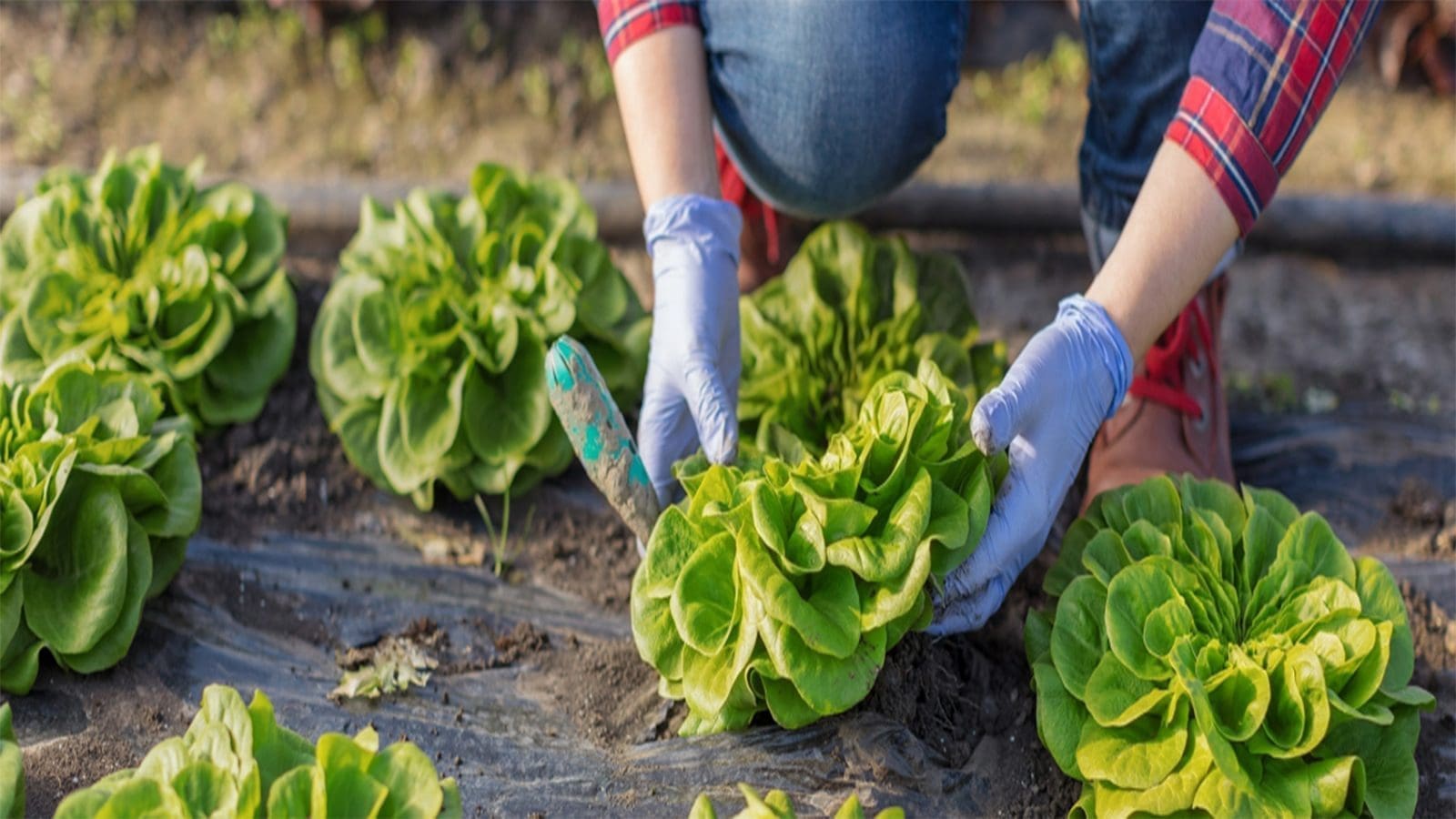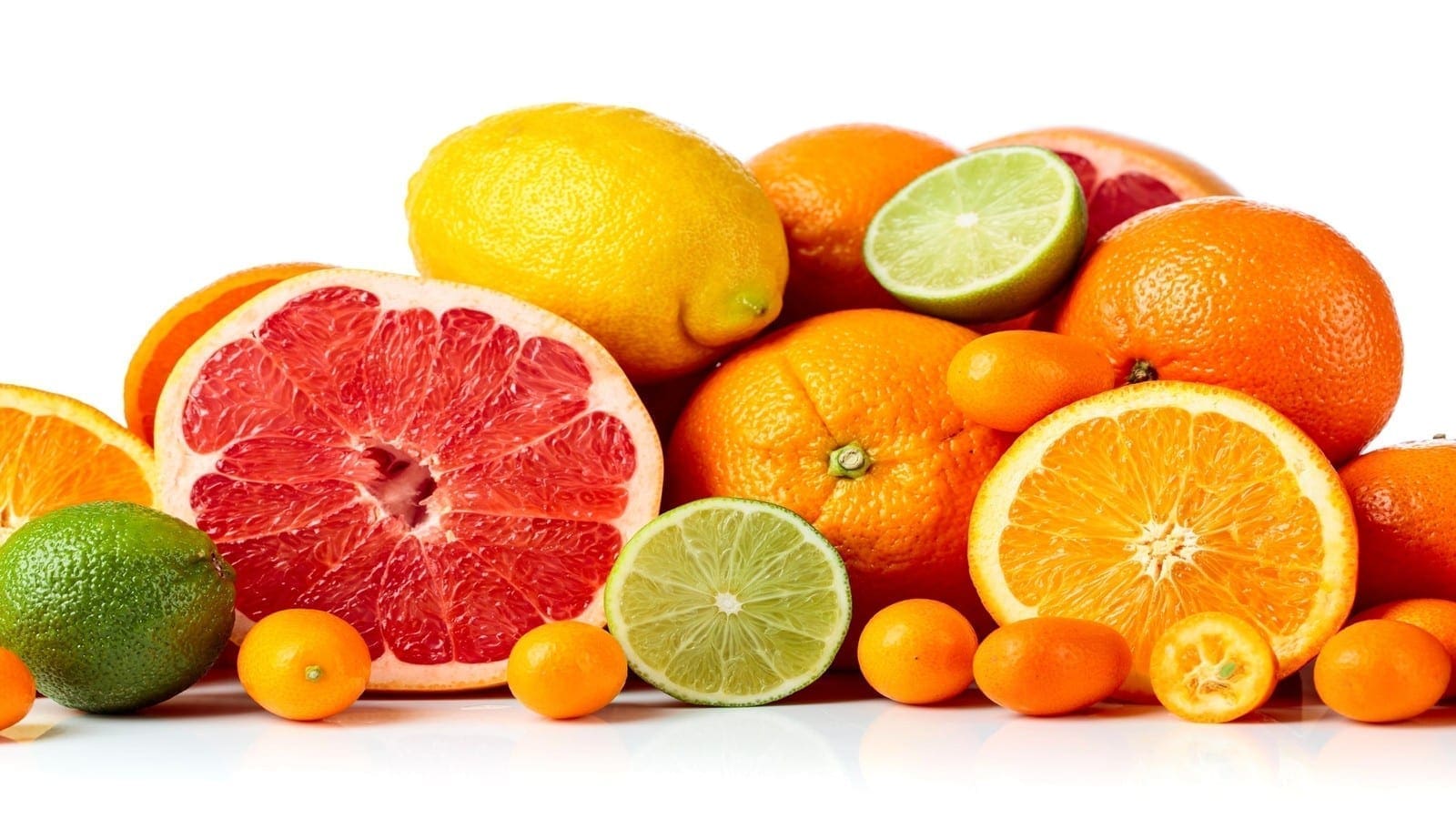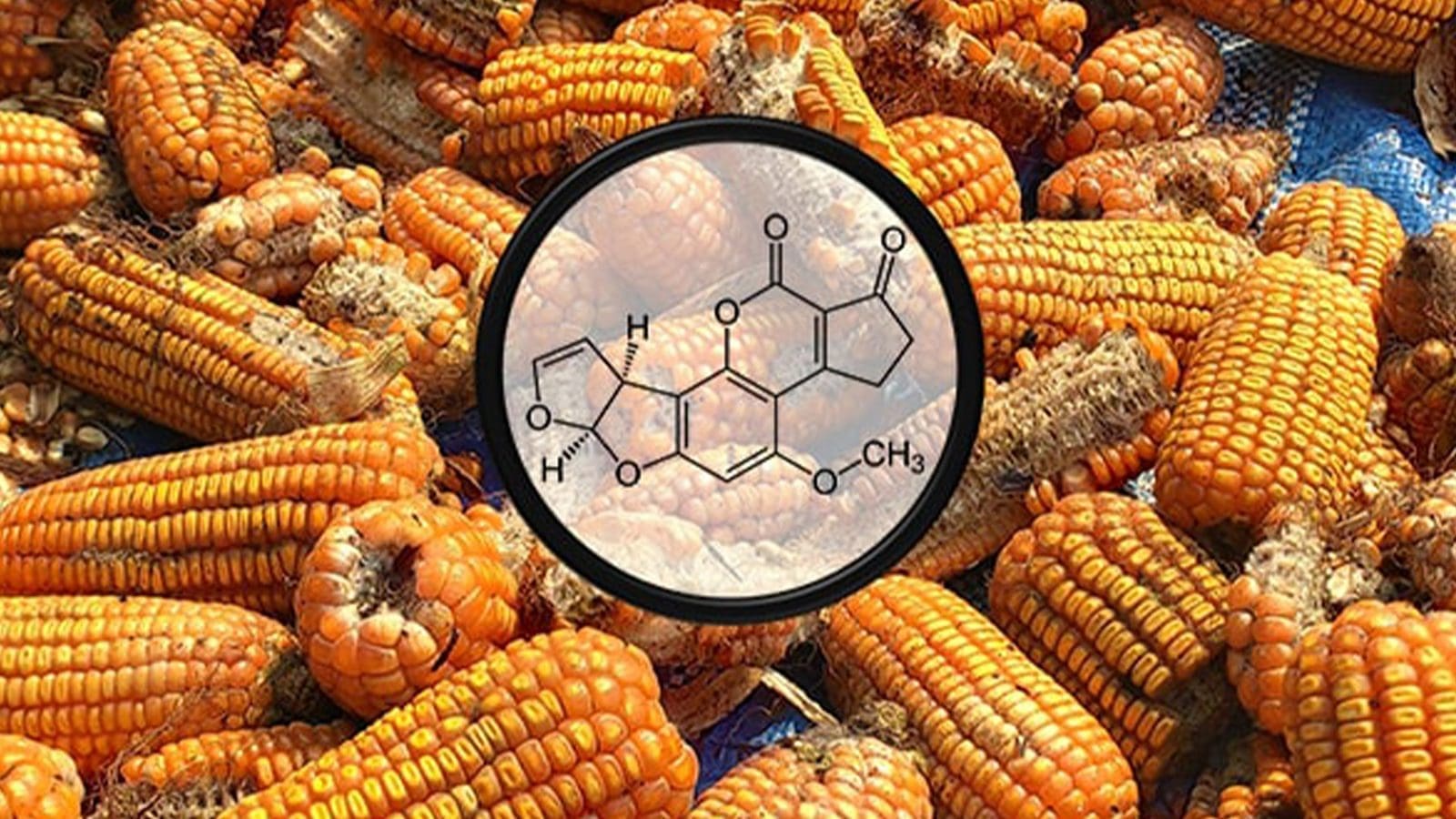U.S – The Department of Agriculture and Markets, New York State, has announced the release of new guidance document from the Produce Traceability Blue Ribbon Task Force that will help to further reinforce New York’s produce supply system.
The task force first convened on November 12, 2020, is made up of New York farmers and representatives from produce distributors and retailers. It reviews and makes recommendations to further advance New York’s tracking and tracing system for produce grown in the State.
“Food safety is everyone’s business, and I applaud the Produce Traceability Blue Ribbon Task Force for helping to make sure that traceability and food safety practices are key components of New York’s food businesses,” said Richard A. Ball, Agriculture Commissioner, New York State.
The document includes guidelines, and voluntary best management practices and protocols, to enhance produce traceability in New York State, as reported by Food Safety News.
It is designed to bolster the produce supply system, help New York consumers to more easily identify where their produce is grown and processed, and allow the state to trace the origin of a food product more quickly during a foodborne illness investigation.
“Food-borne pathogens can cause serious illness and notification of exposure to potentially contaminated foods will aid in preventing further illnesses. This best-practice resource is a welcome addition to New York’s food safety protocol,” said Dr. Mary T. Bassett, Health Commissioner, New York State.
It has taken Members of the Produce Traceability Blue Ribbon Task Force several months to devise the voluntary best management practices document, which was designed to strengthen how the produce industry traces produce through the produce supply chain.
The Task Force shared information with the Department of Agriculture and Markets regarding their produce traceability practices and protocols as well challenges they faced with traceability system development, the costs associated with implementation, variability in buyer requirements and interconnectivity, or lack of, with other traceability systems in the produce supply chain.
The Department used this information, as well as recommended best practices and published material on traceability, to create this voluntary best management practices document.
The document can be used as a guide for a diverse array of food businesses, including those hoping to expand their current traceability efforts, those interested in beginning the implementation of an internal traceability system, and those that handle products listed on the proposed U.S. Food and Drug Administration’s Food Traceability List.
The goal of this collaborative effort was to provide useful information for businesses regardless of their size, while acknowledging that the implementation of any of the traceability steps listed in the document will bolster current traceability efforts within the produce industry in New York State.
“As we at the Department encourage the fresh produce industry to improve traceability practices, we are also encouraging consumers to do their part in keeping the produce they handle and prepare safe for consumption,” read part of the guidance.
Liked this article? Subscribe to Food Safety Africa News, our regular email newsletters with the latest news insights from Africa and the World’s food safety, quality and compliance. SUBSCRIBE HERE








